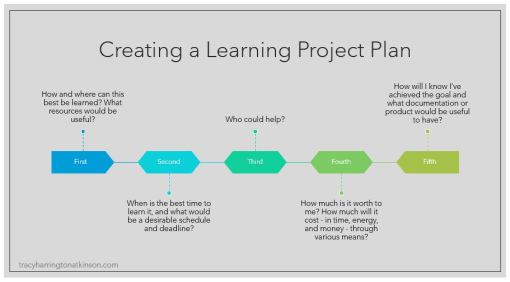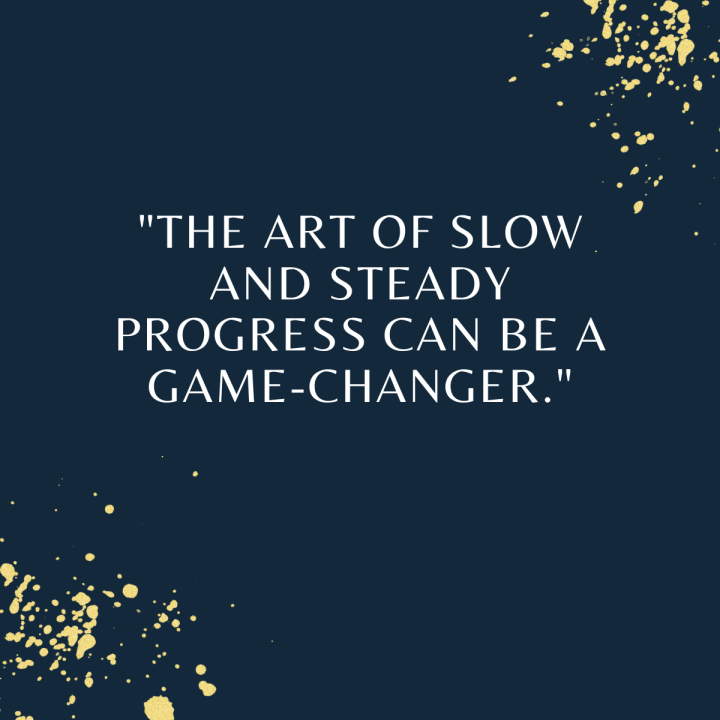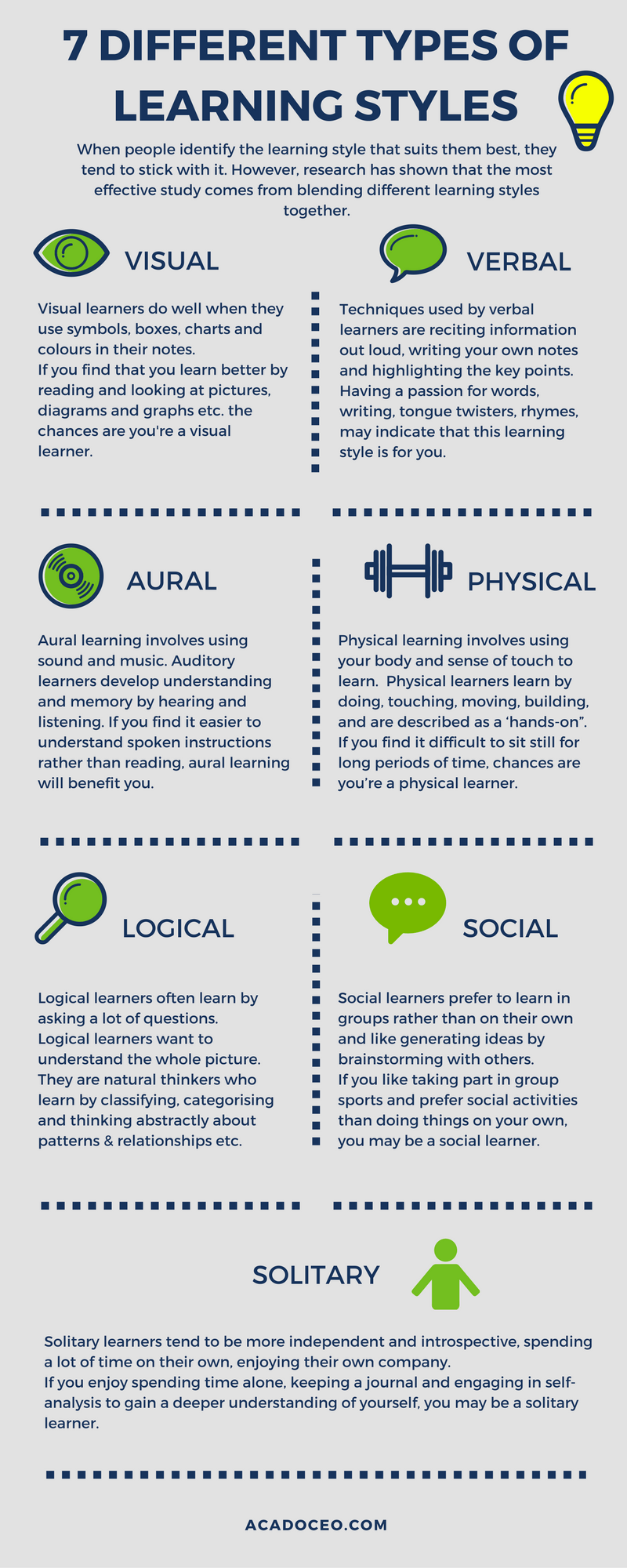Hey everyone! Ever feel like the world of tech, cybersecurity, or just learning anything new is moving at warp speed? You’re not alone. It’s easy to get caught up in the endless stream of new programming languages, certifications, and skills everyone says you need to know.

But here’s a little secret: the most important skill you can ever develop isn’t about a specific language or a fancy certificate. It’s about how you learn to learn. Seriously! In today’s fast-paced world, being able to teach yourself new things effectively is your superpower. It’s what will keep you ahead of the curve, whether you’re just starting out or you’re a seasoned pro.
Think about it: the tech landscape is always changing. What’s hot today might be old news tomorrow. So, if you can master the art of self-education, you’ll always be able to adapt, grow, and stay relevant. It’s like having a built-in upgrade button for your brain!
Ready to unlock your learning potential? Let’s dive into 5 super effective steps that will help you teach yourself anything, from coding to cybersecurity, and beyond!
Step 1: Become a Learning Architect (Make a Plan!)
Remember those school days when your teacher handed out a syllabus on the first day? It was like a roadmap for the entire semester, telling you exactly what you’d learn and when. Well, when you’re teaching yourself, you become the teacher, and you need to create your own syllabus!

This isn’t about rigid schedules, but about having a clear vision. Before you jump into the deep end, take a moment to map out your learning journey. Ask yourself:
- What’s the big picture? What’s the main topic you want to conquer?
- What are the building blocks? Break down that big topic into smaller, manageable sub-topics. Think of them as mini-missions.
- What’s the best path? How should you tackle these sub-topics? What order makes the most sense? Start with the basics and build up from there.
Now, I know what you’re thinking:
“How do I even know what to put in my plan if I’m totally new to this?” Great question!
Let’s say you’re curious about something like Server-Side Request Forgery (SSRF) – sounds complicated, right? But don’t worry, we’ll break it down. When you’re starting fresh, the best way to figure out what to learn is to become a digital detective. Your main tool? Google!
Your First Mission: Google It!
Start by searching for your topic. For SSRF, you might type in “what is SSRF” or “SSRF explained.” Look at the top few articles that pop up. Don’t read every single word yet! Just skim the headings and subheadings. What are the main points each article is trying to make? You’ll probably see things like:
- What SSRF is (the basics)
- Different types of SSRF
- How to bypass SSRF protections
Jot these down. Do this for a few different articles. Why? Because no single article has all the answers, and different authors explain things in different ways. By looking at a few, you’ll get a much clearer, more complete picture of the topic.
Once you have your list, arrange it logically. Start with the absolute basics – the stuff you need to know first before anything else makes sense. Then, move on to topics that build on that foundational knowledge. It’s like building with LEGOs: you start with the baseplate before adding the fancy turrets!
This planning phase might seem like extra work, but trust me, it saves you a ton of time and frustration down the road. It gives you a clear roadmap and helps you stay focused. Plus, it feels pretty awesome to check things off your own custom syllabus!
Here’s an image to help you visualize creating your learning plan:

Step 2: Embrace the Slow Lane (Take Your Time!)
In our fast-paced world, we often feel pressured to learn everything now. But when it comes to truly understanding something, especially complex topics, rushing is your worst enemy. Deep learning takes time. It’s like brewing a perfect cup of coffee – you can’t rush the process if you want it to be rich and flavorful.
My advice? Double your estimated time. If you think a concept will take you two days to grasp, budget four. Seriously. Even if you pick it up faster, spending that extra time digging deeper will solidify your understanding in ways a quick skim never could.
Let’s go back to our SSRF example. If you’ve planned a week for “SSRF basics,” and you feel like you’ve got it down by day three, don’t just move on! Use the remaining days to explore more advanced concepts, look for obscure examples, or even try to find new ways to apply what you’ve learned. This dedicated “deep dive” time is where the real magic happens. You’ll uncover nuances and insights that aren’t covered in basic tutorials, making your knowledge truly robust.
Remember, learning isn’t a race. It’s a marathon. Slow and steady progress beats burnout every single time. And hey, there’s a cool image for that too:

Step 3: Discover Your Learning Superpower (Find Your Style!)
Just like everyone has a favorite ice cream flavor, everyone has a preferred way of learning. What works for your friend might not work for you, and that’s perfectly okay! The key is to experiment and find what clicks for you.
Are you a visual learner who loves diagrams and videos? Do you prefer hands-on coding and interactive tutorials? Or maybe you learn best by reading detailed articles and taking notes? There are tons of resources out there:
- Blogs and Articles: Great for in-depth explanations and quick reads.
- Video Tutorials: Perfect for visual learners and seeing concepts in action.
- Interactive Platforms: Websites that let you code along or solve problems directly.
- Books: For comprehensive, structured learning.
Don’t be afraid to mix and match! For example, I personally love writing things down and then trying to explain them to others. It’s amazing how much you learn when you have to articulate a concept clearly. Try different approaches and see what makes the information stick for you. Once you find your learning superpower, everything becomes a little easier and a lot more fun!
Here’s an image that illustrates different learning styles:

Step 4: Become a Fact-Checking Ninja (Verify Your Sources!)
In the vast ocean of information online, it’s easy to get lost. While there’s an incredible amount of valuable content out there, not everything is 100% accurate. Even experienced folks (like me!) can make mistakes in their blog posts or tutorials. That’s why it’s super important to be a fact-checking ninja!
Never rely on just one source for critical information. Think of it like building a sturdy table – you wouldn’t use just one leg, would you? You need multiple strong legs to keep it stable. The same goes for your knowledge.
If you find a solution on a forum like Stack Overflow, that’s a great starting point! But don’t stop there. Ask yourself:
- What do other people say about this? Are there different approaches or opinions?
- What do the recognized experts in the field recommend?
- Is the information up-to-date? (Tech moves fast!)
Cross-referencing information from multiple reputable sources helps you build a more accurate and robust understanding. It also helps you spot potential errors or outdated advice. Be critical, be curious, and always verify!
Here’s an image to remind you to verify your sources:

Step 5: Prove It to Yourself (Test and Track!)
Reading about something is one thing; truly understanding and being able to do it is another. To make sure you’re actually absorbing and retaining knowledge, you need to test yourself regularly and track your progress. This isn’t about getting a grade; it’s about building confidence and identifying areas where you need to dig deeper.
There are many ways to test your knowledge:
-
The Brain Dump: After studying a topic, try writing down everything you remember about it without looking at your notes. Then, compare what you wrote with your study materials. Did you miss anything? Did you get anything wrong? This is a fantastic way to see what stuck and what didn’t.
-
Teach It: If you can explain a concept clearly to someone else (or even just to yourself out loud), you probably understand it well. Try to simplify complex ideas into easy-to-understand language.
-
Hands-On Projects: This is especially crucial for tech and cybersecurity. You might understand a concept in theory, but can you actually implement it? For example, if you’re learning about SQL injection defenses, don’t just read about them. Write a simple program, intentionally make it vulnerable, and then try to secure it against SQL injection. Can you break your own code? Can you fix it?
Here’s a super simple Python example of a vulnerable function and how you might start to secure it (this is just a concept, not production-ready code!):
# Vulnerable function (DO NOT USE IN REAL APPLICATIONS!) def get_user_data_vulnerable(username): query = f"SELECT * FROM users WHERE username = \'{username}\'" print(f"Executing query: {query}") # Imagine this query goes to a database and is vulnerable to SQL injection # For example, if username is "admin' OR '1'='1", the query becomes: # SELECT * FROM users WHERE username = 'admin' OR '1'='1' # which would return all users. # How to test it (conceptually): print("--- Testing Vulnerable Function ---") get_user_data_vulnerable("alice") get_user_data_vulnerable("admin' OR '1'='1") # SQL Injection attempt!And here’s how you’d start to think about securing it (using parameterized queries, the correct way):
# Safer approach (using parameterized queries - conceptual, depends on your database library) # This prevents SQL injection by treating the input as data, not code. def get_user_data_safe(username): # In a real application, you'd use a database library like psycopg2 for PostgreSQL, # or sqlite3 for SQLite, which support parameterized queries. # Example (conceptual, not runnable without a database connection): # cursor.execute("SELECT * FROM users WHERE username = %s", (username,)) print(f"Preparing safe query for username: {username}") print("This query uses parameterized statements to prevent injection.") print("\n--- Testing Safer Function (Conceptual) ---") get_user_data_safe("alice") get_user_data_safe("admin' OR '1'='1") # This input is now treated as a literal string, not code.The goal is to move from theoretical understanding to practical application. If you can build something and then secure it, you truly understand the concepts.
Testing yourself isn’t about perfection; it’s about honest self-assessment. It helps you pinpoint your weak spots and gives you a huge confidence boost when you realize how much you’ve learned!

A Little Pep Talk: Don’t Get Overwhelmed!
Learning new things, especially in complex fields, can sometimes feel like climbing a mountain. There will be moments when you hit a wall, when a concept just doesn’t click, or when you feel completely overwhelmed. This is 100% normal! Seriously, every single person who has ever learned something new has felt this way.

Learning isn’t a straight line. Sometimes, your brain needs time to process information, or you might need to learn a few other related concepts before something finally makes sense. In those moments, the best thing you can do is often to step away. Take a break, work on something else, or even revisit an older, simpler topic. You’d be surprised how often a concept that seemed impossible suddenly becomes clear after a little mental break.
Sometimes, even learning something that seems “irrelevant” at first can help. Reading about an older version of a language or framework, or an outdated technical book, can sometimes give you a deeper intuition and comfort with the core concepts, even if the specific commands aren’t directly useful today. It’s like understanding the history of something to better grasp its present.
So, when you feel stuck, remember:
- It’s okay to not get it immediately. Your brain is working on it!
- Take a break. Sometimes distance gives clarity.
- Revisit the basics or explore related topics. New perspectives can unlock understanding.
Blog post & guide © havoc 2025- For educational purposes only.
Tag or DM me if you learned something.!

Comments